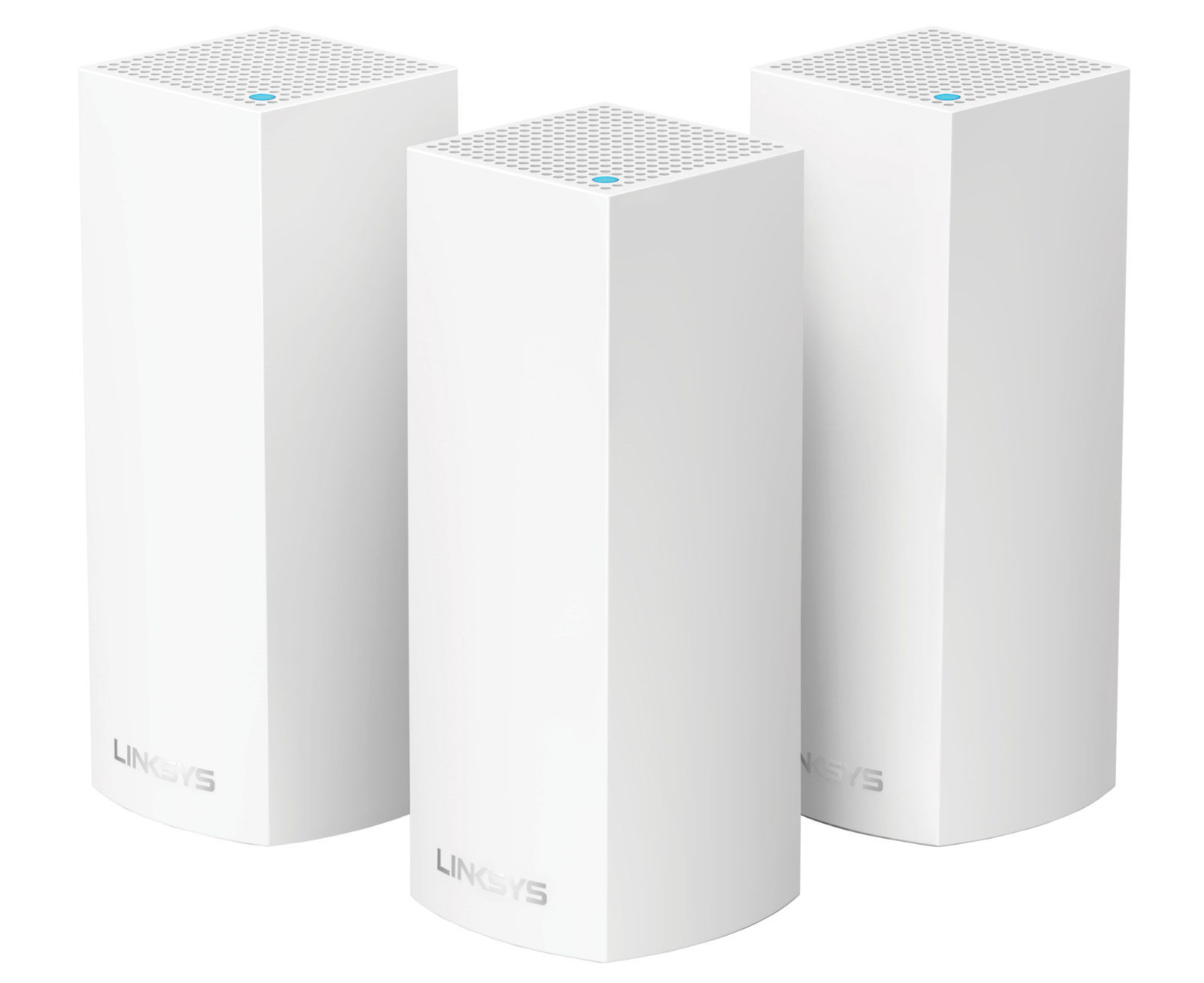In case you still haven’t noticed the new trend for fixing Wi-Fi at home, Linksys is here to help. The router expert came up with a new product meant to kill bad Wi-Fi for good and compete with a variety of similar products from various companies that have taken a similar approach to the problem.
Google Wi-Fi is the latest such solution for killing bad Wi-Fi at home. Mesh networking should help you cover spots in your home that don’t enjoy great wireless internet without having to worry about setting these hotspots up and managing them one by one.
Velop is Linksys’ own attempt at using mesh Wi-Fi to cover your home with dependable internet. Rather than just a router to place somewhere in the center of your home and hope for the best, you’ve got a few tiny towers to scatter around your home.
As Gizmodo points out, each of the Velop nodes works as a tri-band, AC2200 wireless router with MU-MIMO technology (that’s multi-user, multiple input, multiple output).

With such a setup at home, you’ll make sure that each member of your family has a decent internet connection for whatever he or she might need. Whether it’s casual browsing, streaming Netflix, or playing games, one should have great internet at home.
To configure your Velop mesh network, you only need to setup one of the nodes. After that, any subsequent nodes will be automatically configured, and they can be connected either wirelessly or using a boring-but-dependable Ethernet cable.
The bad news is that Linksys Velop is rather expensive — although spending extra on your at home Wi-Fi setup should pay off in the long run. One node costs $200, and it’s available right away. The more Velops you buy at the same time, the cheaper they get: $350 pays for two, while three nodes cost $500.








